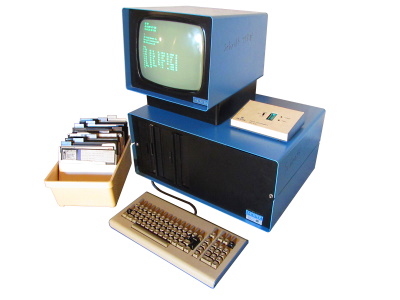
Mostek SYS-80F
"The SYS-80F is a powerful floppy disk based system which has applications both in the program development environment and in OEM type applications where the system is used as a low cost minicomputer replacement. The disk based system eliminates the need for other mass storage media but provides ease of interface to any peripheral normally used with computers. The file oriented floppy disk structure for data storage and retrieval provides a reliable, portable media to speed and facilitate software development."-2,458MHz
-64KiB RAM
-Two 8" FDDs
-CP/M capable

IBM PC AT
The IBM PC AT is the third major PC manufactured by IBM, beeing a mojor improvement compared to the previous PCs. Not only does it feature a true 16 bit CPU and 16 bit system design, it also had a significantly increased clock speed. Like its predecessor, the IBM PC XT, it came with two floppy disk drives as well as a hard drive. The IBM PC AT paved the way for future PC design, introducing the AT form factor, the 16 bit ISA bus and the 1,2MB 5¼" floppy disk format.-6MHz / 8MHz
-512KiB RAM
-Two 5¼" FDDs
-20MB HDD

DREAM 6800
"This simple and easy to build computer did cost around the $100 mark, yet talks directly to your TV without the need for a costly video terminal. One of the other big features is the built-in cassette interface which means you can store your programs on any cassette recorder. And there is a whole raft of sample programs to get you started. All you have to do is punch them in via the hexadecimal keyboard. In no time you'll have a whole library of your own programs, easily accessible on cassettes.-2MHz
-1KiB RAM
-64x32 Pixel Display
-Hex keypad
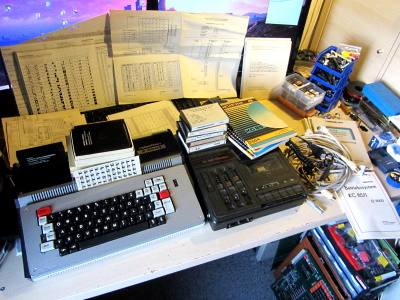
Robotron Z9001
In later revisions this computer was also called KC85/1 or KC87. After the GDR saw how popular home computers were in other countries, governance decided to also bring computers into homes. Originally they planned to call them "Heimcomputer" (home computer) as well, but due to high production costs and sell prices they relized that only upper class could afford them and changed their name to "Kleincomputer" (small computer). Thus the abbreviation "KC", standing for "Kleincomputer".-2,5MHz
-16KiB RAM
-4 Expansion Slots
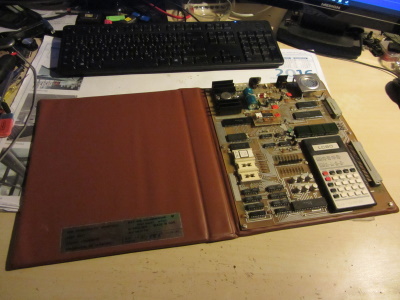
VEB Mikroelektronik LC80
Also produced in the GDR, this single board computer was designed to teach how computers work. To reduce cost, the keypad was originally used for calculators and the speaker had its origin in a telephone. As a case it simply used a folder, which made it very space-saving. Advanced users could also manually add RAM and EPROM. Needless to say, the very simple design made it very hard to use it for anything else than learning assembly.-900kHz
-1KiB (max. 4KiB) RAM
-6x 7-seg. displays
-Hex keypad
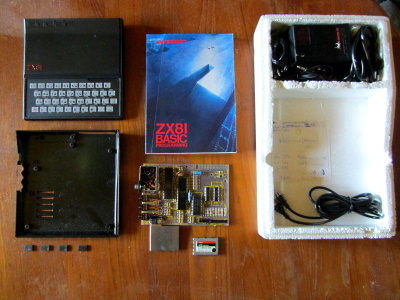
Sinclair ZX81
The ZX81 is well known for its simplicity and its cheap price, which was a key factor for its popularity. To store programs a tape interface is used, and it directly interfaces to a TV. Because it had BASIC built-in it was a very desirable in the early 80's. To achieve the low production costs a special chip was manufactured to eliminate the need of discrete logic chips and reducing board size.-3,25MHz
-1KiB RAM
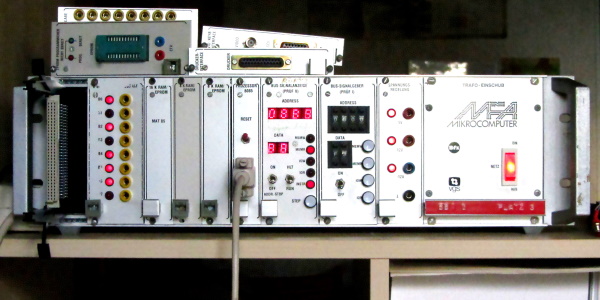
Bfz Mikrocomputer für Ausbildung
This neat microcomputer was made for training, education and schooling. It was published in Germany by the "Berufsfortbildungszenter Essen" ("Professional training center Essen") around 1984. This computer really helps understanding how microcomputers work and is a great tool to learn assembly. Together with its monitor program expansion you can even use a BASIC interpreter, or with a different BIOS and a floppy disk controller board run DOS or CP/M.-2MHz
-Serial interface
-16KiB RAM